How to take a great photo of your dog or another pet? Check what you should pay attention to!
by Anna, 28 May 2020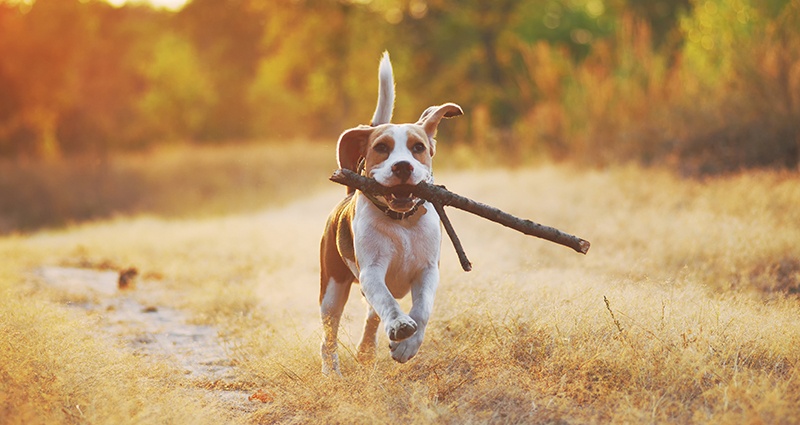
What associations do you have with spring? The first thing that comes to mind is sunshine and beautiful weather and, what comes with it, walks. And when we talk about walks, then we think of those with our family, friends and… pets! Walks are perfect occasions to dust off the old camera of yours, take some great shots of your pet and create some awesome keepsakes (if you use them to create Photo Canvases and hang them on the wall or develop prints and frame them). How to take such great pictures? Check what to pay attention to!
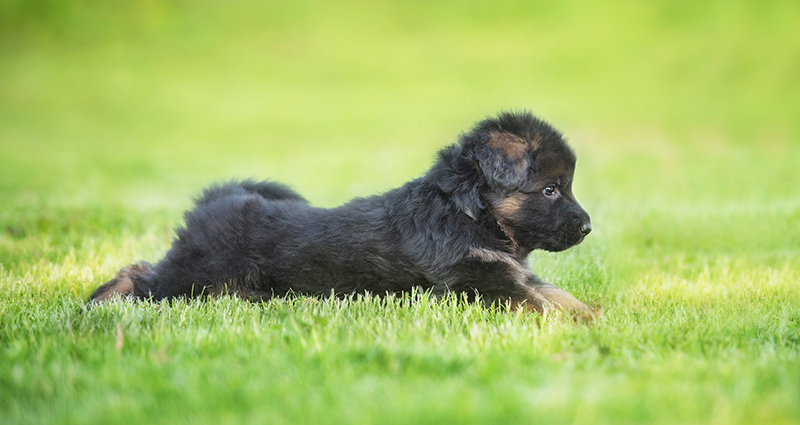
A professional camera or a smartphone?
Going for a relaxing walk with your dog or any other pet, we rarely feel like taking much equipment. Supposing we take a professional camera, we need to think of many technical aspects, e.g. the right lens, etc. With smartphones, on the other hand, the whole thing just seems a lot easier. First of all, you always take the phone with you so it does not generate extra weight to carry, secondly, thanks to quite developed technology, a phone camera has lots of modes that can turn our photos into more professional looking even if taken in motion. So if you don’t own professional photography equipment – don’t worry. A smartphone will do!
Choose a familiar place where your dog will feel at ease
It’s very important. Try to avoid loud and crowded places that would pose distraction to your pet, e.g. a busy street. Your pet can feel anxious and that will definitely have a negative influence on the final effect of your work. One of the ideal places for a photo shoot with your pet will be a meadow or a glade in a park – full of green and away from other people, giving your dog the freedom it needs to play. It will also have a positive effect on the layout of your photos – you will be able to focus solely on your pet and not on the other unwanted elements around.
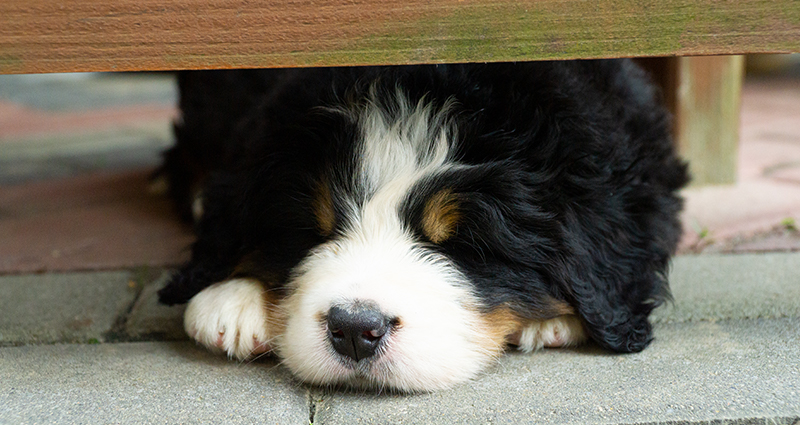
When it comes to taking pictures of animals, please remember about wider frame. It’s always easier to crop the picture later on than to be sorry for losing a perfect shot…
Patience, patience, patience…
It’s a keyword when it comes to photographing animals. Remember, a lot depends on the animal’s character. If he’s a lazy tomcat, you won’t lose too much energy to subdue him, but how long can you take pictures of a sleeping cat? On the other hand, you can own an energetic and constantly barking puppy, that will not be so easy to handle. All in all, don’t worry. You should never try to make an animal to stand still, you will lose either way. To take a perfect shot, you have to adjust to him, not the contrary (unless you want to motivate him a little, but this we’ll talk about in a minute).
So please be prepared for not taking the perfect picture at the very first attempt. You have to be patient and keep trying till you achieve what you want. What can be of great use while taking photos of pets in motion is the burst mode when the camera takes a few shots in one go. It allows you to choose the best photo later.
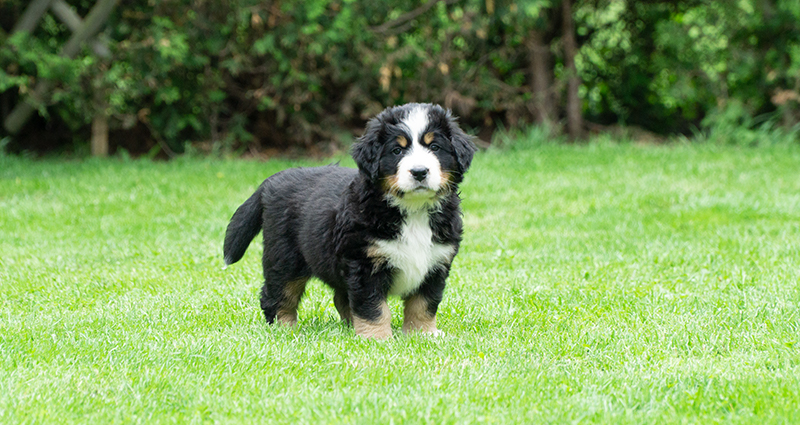
If we decide to make use of the burst mode to take a few shots of our jumping or running dog, we will then have to choose the best photo of all. Normally we’d go for the sharpest, but mind you, the most important factor for picking the right shot is how dynamic and easy-going our pet is in the photo.
Familiarise your dog with the camera
So we’re back to square one. Let’s not rush into anything and expect that the dog will immediately love the camera and pose (although there are such cases and let’s hope your dog’s the one). Let the pet familiarise with the camera. Let him sniff and ‘explore’ it. Try not to use the flash, animals may not react well. If you need to use it, let the animal get used to it first, too.
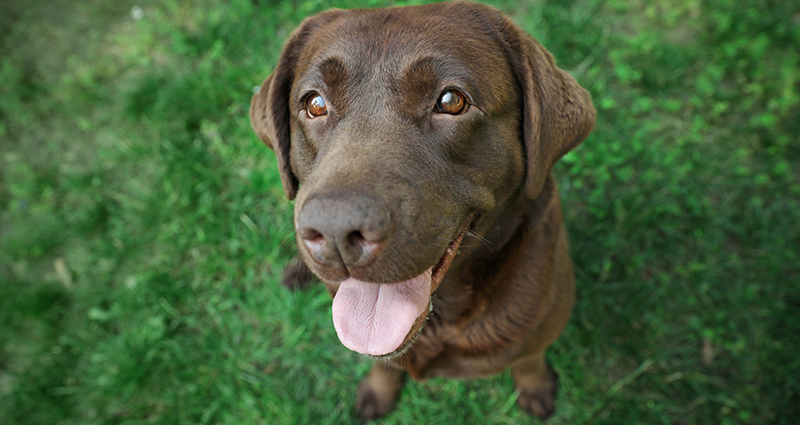
Remember, the more often you take pictures of your pet, the sooner he learns to ignore it and the photos will turn out more natural.
Change the perspective
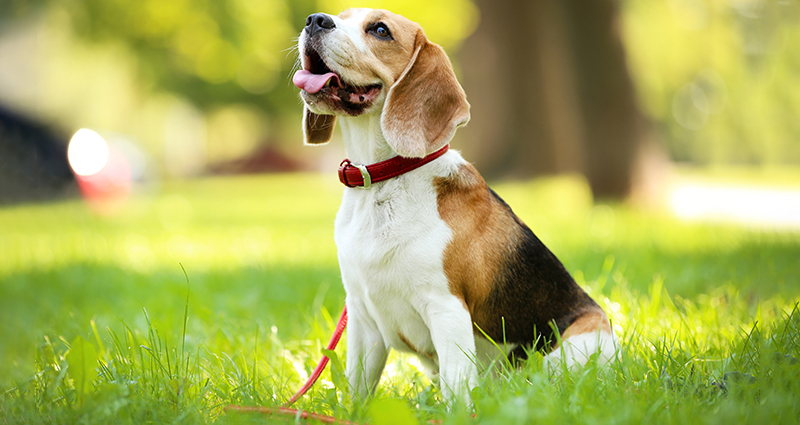
Literally and figuratively. If you want to take a perfect picture of your pet, the one that will definitely attract a lot of attention, change the perspective – lie down with him so you are on the same level and become his closest friend. Such a pose will definitely make your photo more natural. Even if it needs more of our energy, it’s still worth it. Well, a nice picture requires commitment but when you manage to capture your dog’s soul in it, you’ll give us our due ;)
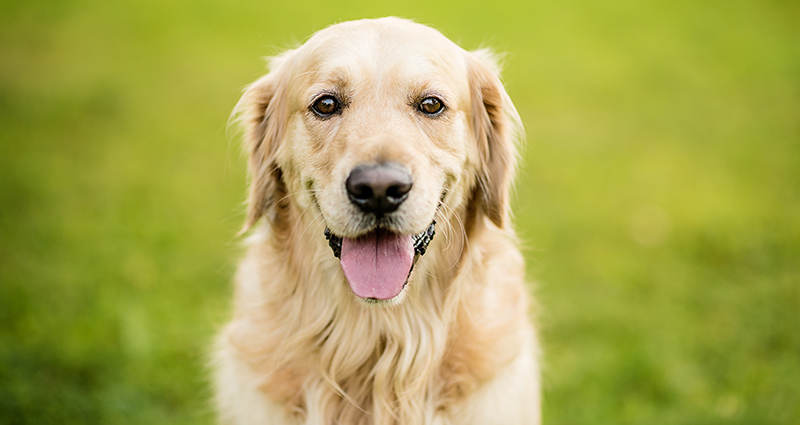
However… as they say, rules are made to be broken. Sometimes it’s possible to take a great shot extremely from above to e.g. make your dog’s head look disproportionately big in comparison to the rest of his body ;). Don’t take too many of such shots though, as they may lose their charm.
Don’t forget about good light!
Light is the key to success not only in ‘dog photography’ :). You have certainly heard of the ‘golden hour’ term. It’s the golden, soft light that adds subtlety to our photos even if it’s only a picture of our cat. Sometimes it’s worth getting up earlier and taking our pet for a walk at sunrise or waiting for the sunset. Check it yourself!
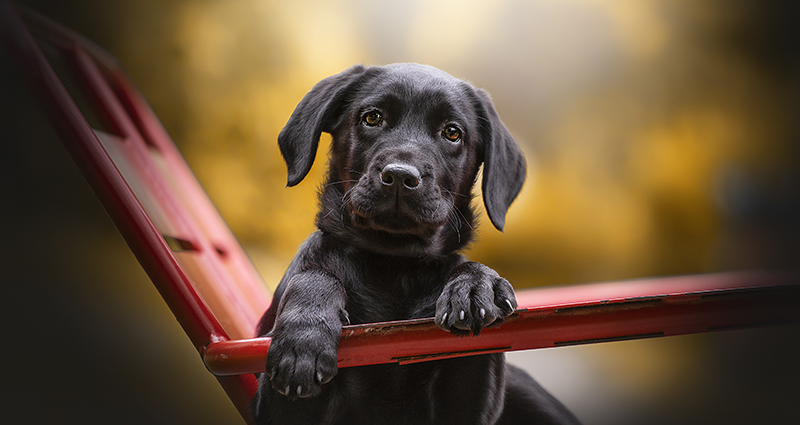
Include yourself in the fun
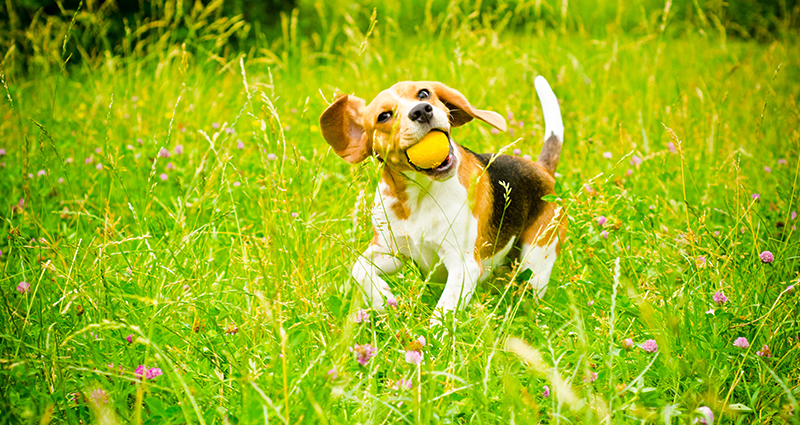
Interact with your pet. It’s the key to success. All forms of motivation are welcome ;) Treats, favourite snacks and toys (especially those squeaky) will let your dog feel free and more willing to cooperate. Motivation is half of the success – applies not only to people but also animals.
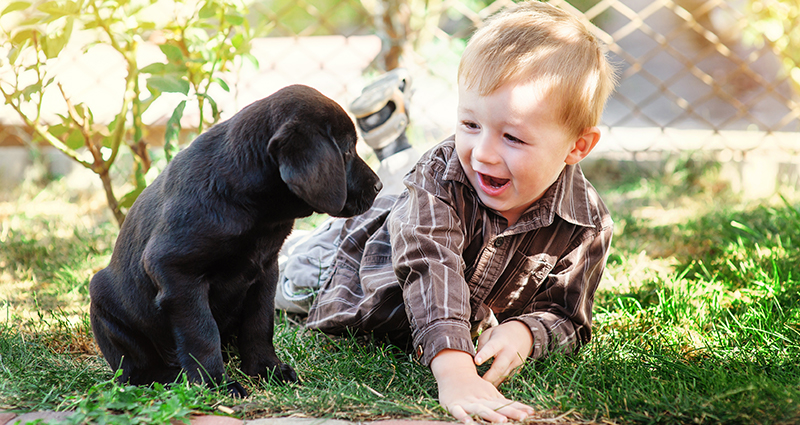
A portrait or a photo in motion?
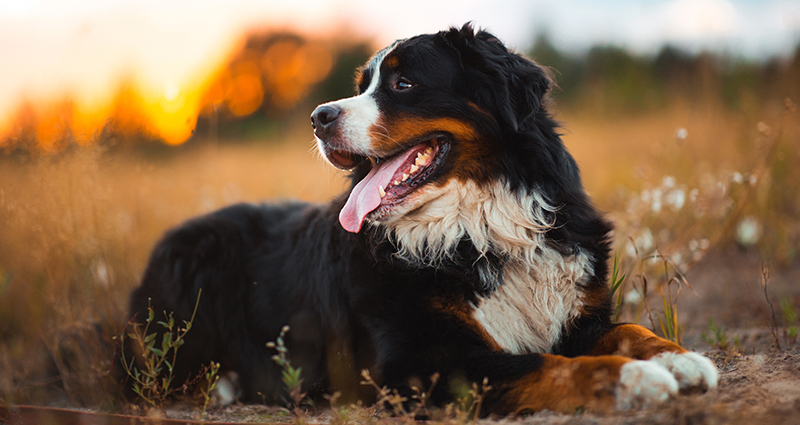
This is only up to you and the pet of course :) Remember to start with some more static photos and then move on to those more dynamic. It’s mostly to avoid the dog being tired at the very beginning of the walk and unwilling to cooperate at all.
What is more, both types of photos can be a bit of a challenge. A huge advantage of a portrait photo is the fact that one does not need to worry about setting the proper frame (or the blurry background!). Pictures taken in motion should focus more on the dynamics of the animal’s movement to make the photos look really original.
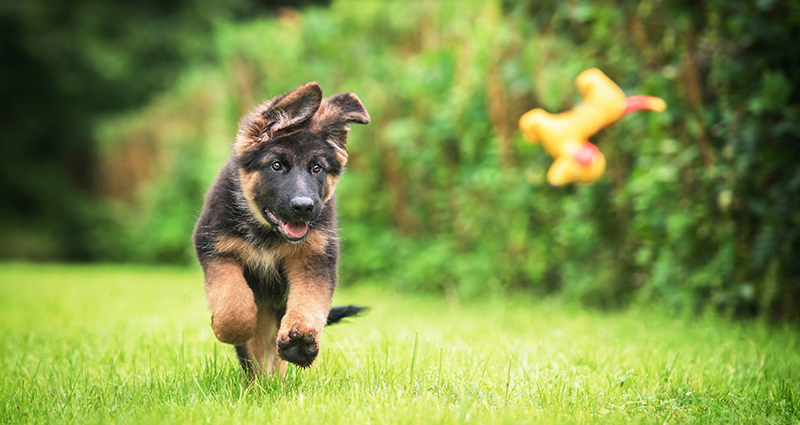
We truly hope that now you know exactly what to pay attention to while taking photos of your pets. Remember the rule: you cannot force your animal to pose here and now, if you don’t take the perfect shot today, then maybe tomorrow! Give your pet the freedom it needs, appreciate it and it will definitely bring some positive effects. Do you perhaps have some great tips on how to take amazing pictures of your dog or any other pet? Please let us know in the comments, tag us on Instagram and Facebook. Are you ready to try it?